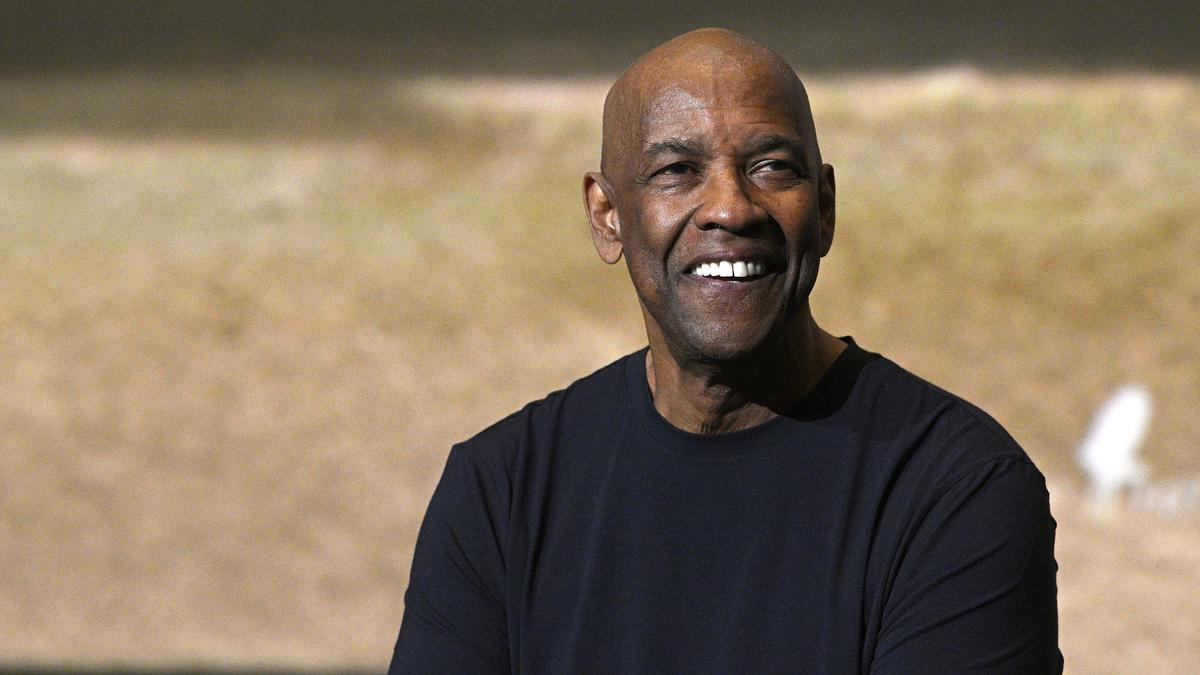
A riveting contest of red-ball cricket awaits cricket enthusiasts as the Trans-Tasman rivals, Australia and New Zealand, gear up for the first clash in their two-match series, which commences on February 29 (Thursday). Fans from both nations are eagerly anticipating the battle for the Chappell-Hadlee Trophy, a symbol of cricketing prowess and regional supremacy.
Notably, the Australian team is visiting their neighbors for this format after a hiatus that stretches back to February 2016, when they emerged supremely triumphant with a 2-0 series win. With a historical upper hand, Australia has claimed victory in 34 of the 60 Tests played, showcasing their dominance in this regional rivalry. In contrast, New Zealand has managed to clinch success in only eight encounters, while 18 have fizzled out to draws.
The Australians, basking in the glory of being the reigning World Test Championship holders, stride into this series with an air of confidence, having recently decimated the Kiwis in the T20I series with a resounding 3-0 white wash. Nevertheless, the New Zealand team may draw inspiration from their recent demolition of a second-string South African squad in a two-match Test series.
The focus now shifts to the Basin Reserve in Wellington, a venue revered for its lively green pitches. The playing surface, with its verdant cover, is primed to favor the seamers from both squads. The initial readings suggest that the team elected to bat first could confront substantial hurdles. A history of 67 Test matches at the Basin Reserve reveals a startling tendency for outcomes to be skewed towards sides that have taken advantage of bowling first, with 29 out of 43 victories going their way.
The bowlers are set to savor the conditions, as they can exploit the early moisture and untouched green grass, potentially swinging the momentum in the incipient phases of the contest. Statistics from the venue present a compelling tale, with the average first innings score hovering around 313, mirroring the average second innings score. However, the dip in the average to 252 by the third innings and a starkly lower 141 in the fourth innings convey the deteriorating nature of the surface.
The Basin Reserve has observed its share of monumental scores and heart-wrenching collapses. The highest total recorded at this ground is an imposing 680/8, achieved by New Zealand against India, embodying the heights of batting prowess. Conversely, the venue has also witnessed a meager total of 42 all out by New Zealand, this time at the hands of their current adversaries, Australia. The highest total chased down here is an impressive 277/3, signaling that no target is out of reach, provided the right blend of tenacity and skill.
As the stage is set for this thrilling encounter, recent stories emerging from the camps have stirred additional interest. Australia has announced their playing XI, while New Zealand has been dealt a blow with Devon Conway ruled out of the series opener, prompting them to name a replacement. Additionally, New Zealand captain Kane Williamson is embracing the joys of fatherhood with the birth of his baby girl, adding a personal triumph ahead of the professional contest.
All eyes are now on the weather forecasts, the grassy pitch, and the team selections as cricket aficionados, analysts, and former players speculate on the strategies and anticipated performances. The opening Test at the Basin Reserve not only promises to be an enthralling display of Test cricket between two formidable adversaries but also a testament to the enduring charm and competitive spirit that the longest format of the game embodies.










